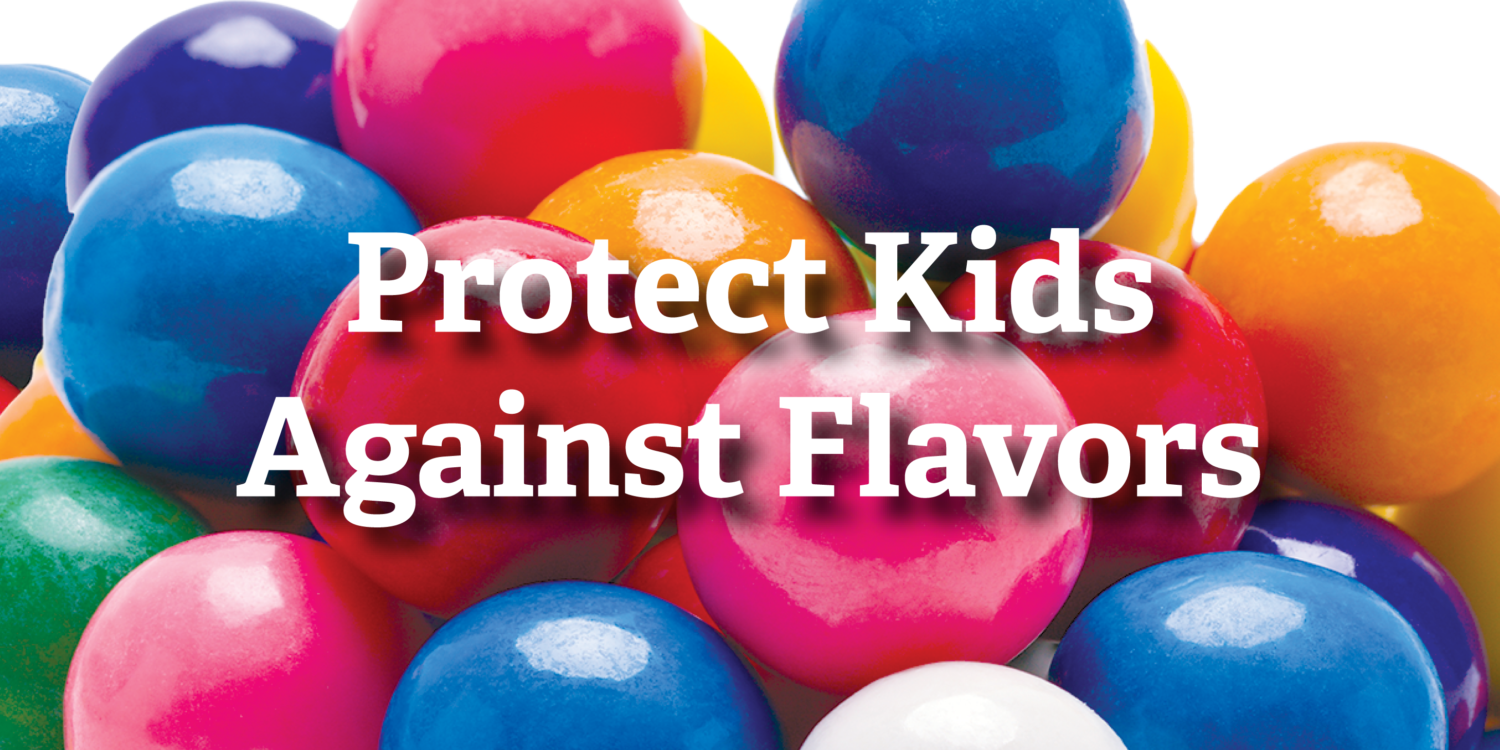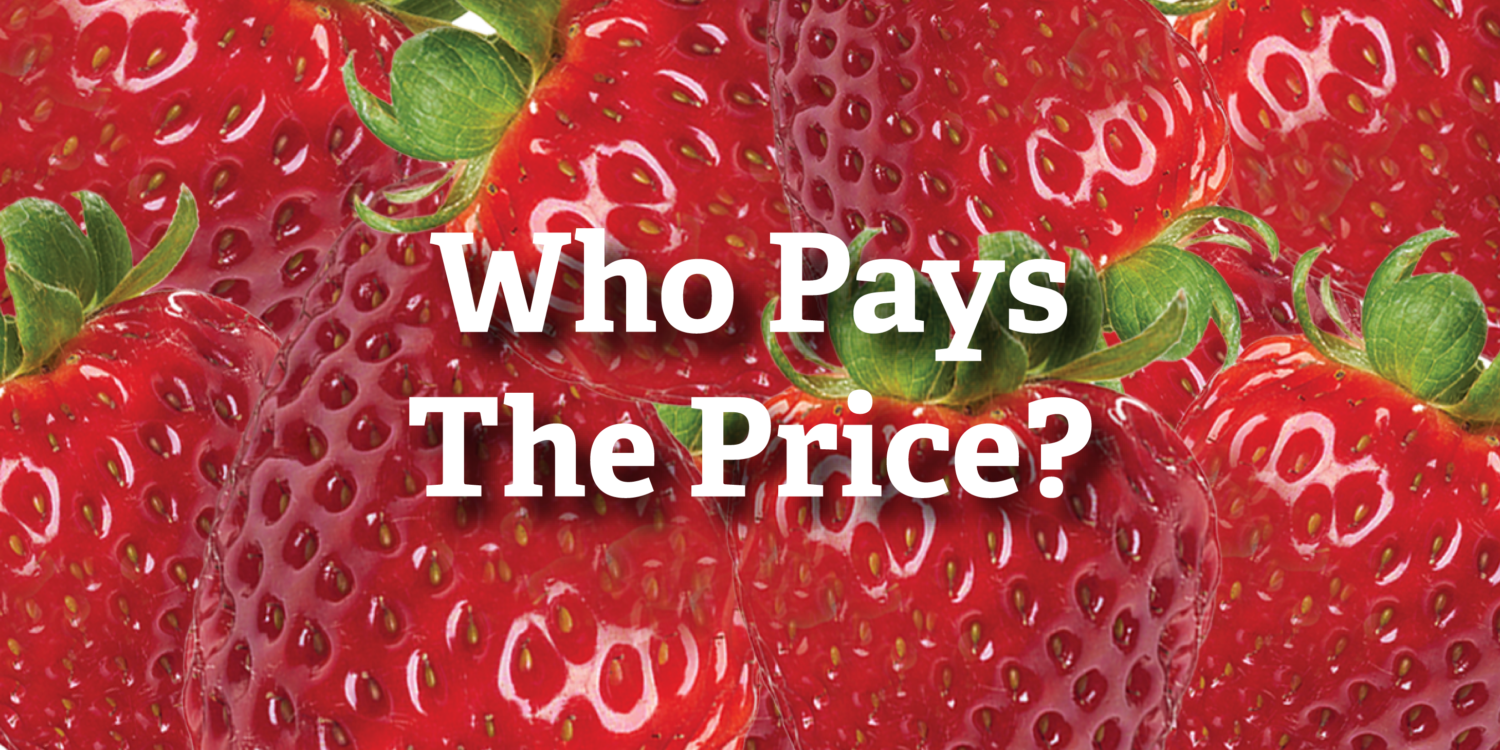Flavored tobacco products addict generation after generation, harming countless communities and families.
Big Tobacco sells a wide variety of products and flavors to target specific groups of people and attract younger users. The industry has a long history of targeting the Black, Hispanic, and LBGTQ+ communities as well as young people.
For decades, the tobacco industry has pushed menthol-flavored cigarettes on the African American community using coupons, ads and event sponsorships. Today, nearly 90 percent of Black people who use cigarettes use menthol3 as do half of all Hispanic people who smoke.2,4
The tobacco industry is using its foothold in communities of color to fight bans on flavored products. By sponsoring public figures in the Black community, the tobacco industry is spreading the message that flavor bans discriminate against African Americans. But the preference for menthol didn’t happen by accident. It was all part of Big Tobacco’s tasteless strategy that continues today.
The tobacco companies targeted LGBTQ+ groups in similar ways. People in those communities have been targeted with ads in LGBTQ+ publications, cigarette giveaways, and free merchandise to get and keep them hooked. Today LGBTQ+ people are nearly twice as likely to use e-cigarettes and little cigars, which are frequently flavored, compared to heterosexual and cisgender adults.
Communities targeted by the tobacco industry will benefit the most when highly addictive flavored tobacco products are kept off of store shelves.


